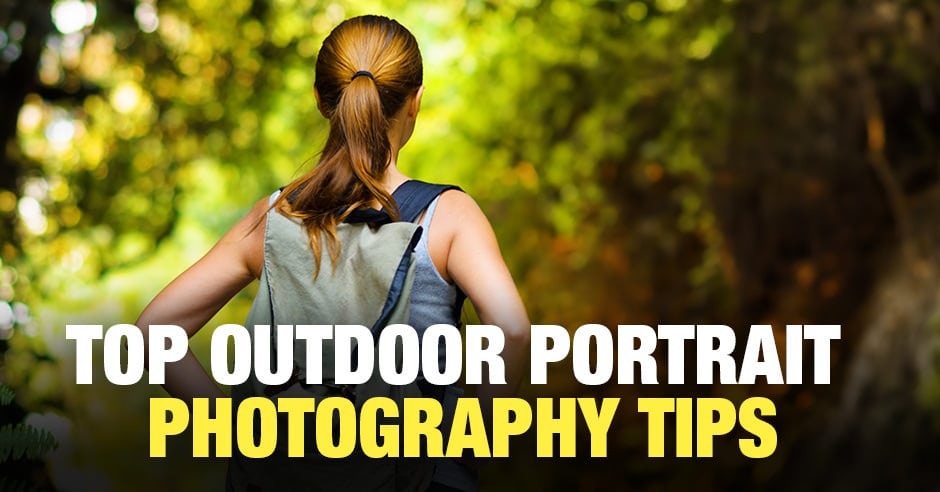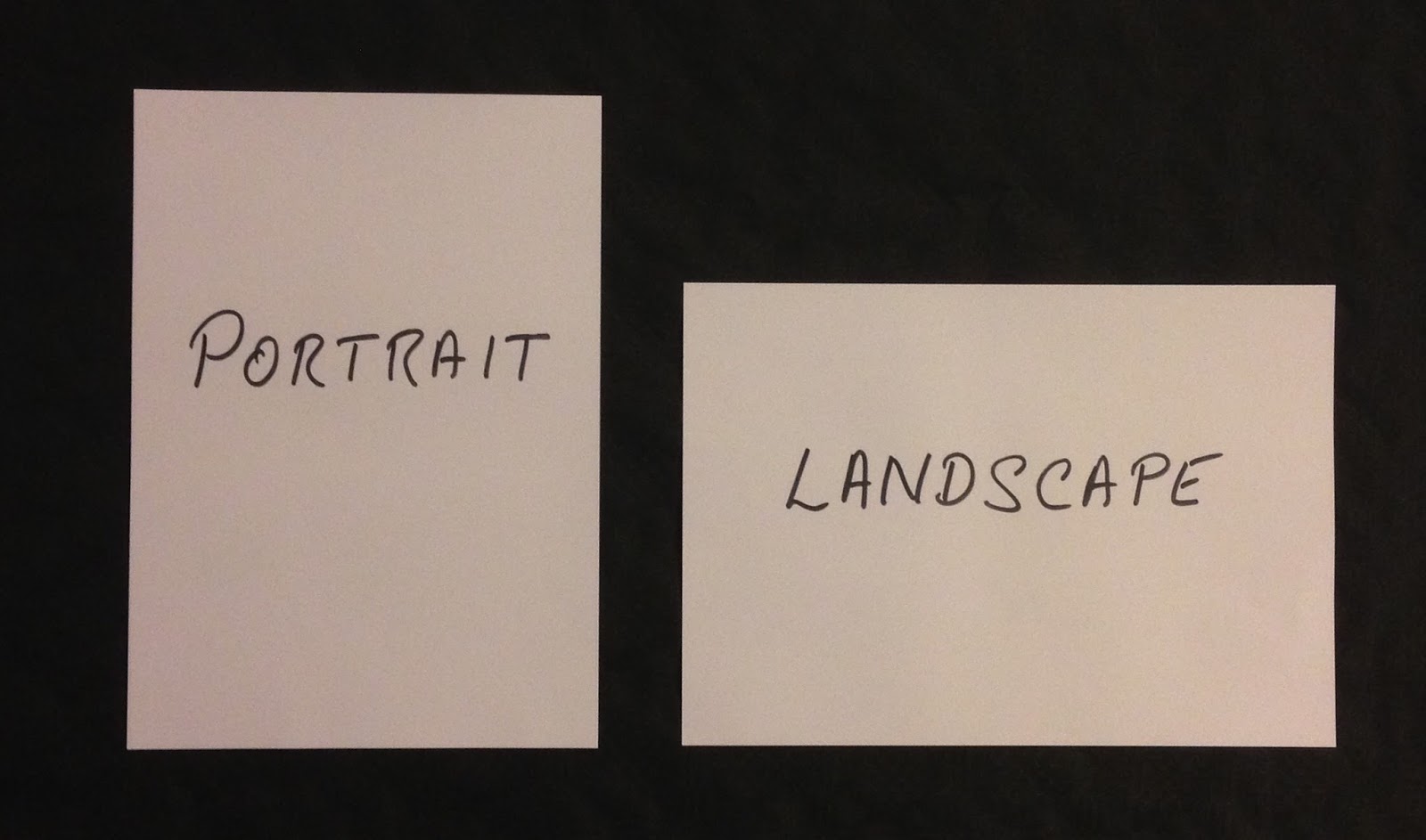


Now that you know the difference between portrait vs landscape orientation, the question is: what is the best orientation to use? No one can answer this but you.Īs a photographer, you must be able to discern on what kind of photo you want to create, the scene you want to capture, and the emotions you want to reflect. On the other hand, a portrait image is captured in a vertical layout, and it is taller than wider. Also, it is used to describe the camera mode and genre of photography when capturing photos.īy technical definition, a landscape image is wider or shot in a horizontal layout. When we talk about portrait vs landscape orientation, it refers to the page orientation of the photograph. Know the Difference Between Portrait vs Landscape Photography In this post, we will also learn about the best camera settings, the preferred aperture and desired lighting for the two camera orientations.īest Aperture for Portrait vs Landscape Photography Whether you’re an amateur or expert photographer, it’s better to have clarity between portrait and landscape photography. If you feel like this topic is unfamiliar to you or uncertain what it really means, read up and let this sink in for your next photo session. Some photographers struggle with understanding portrait vs landscape photography.
#Portrait vs landscape business card pdf
then your PDF will contain the pages/cards rotated the same way, like so: If your cards are meant to be played horizontally (landscape), it may impact how your file is prepped. Regardless of how your cards are meant to be played, your print-ready PDF must be in portrait orientation. of your PDF and the Last Page of your PDF will be cards/graphics visible, top and bottom. The order of the pages in the PDF will be the order of the deck's printed cards. But you must add a bleed of 1/8” onĪll four sides. The finished size is 12" X 18" for these tiles.Set up the PDF so that every other page is blank (since the 12” x 18” posters are one-sided).Printed on glossy Deluxe 100# Text Paper. The finished size is 8.5" X 11" for these tiles.Third page should contain content, the fourth page should be blank, and so on. The first page should contain content, the second page should be blank, the Set up the PDF so that every other page is blank (since 8.5” x 11” pages are one-sided).Printed on our Premium (11.4-point, 310gsm) card stock.įinished with square-cut corners. The finished size is 8" X 10" for these tiles.The finished size is 6" X 6" for these tiles.Finished withĪ low-gloss, eco-friendly water-based AQ satin coating and square-cut corners. Printed on Premium (11.4-point, 310gsm) card stock. The finished size is 2.75” x 4.75” for Tarot-sized cards.But you must add a bleed of 1/8” on all four sides. Poker-sized cards or 63mm x 88mm for Euro Poker-sized cards. The finished size is 2.5” x 3.5” for U.S.Export as PDF/X-1a:2003 with all fonts embedded.Do not set a die-cut for the round corners into the layout.Do not place any important art or text closer than 1/8” (.125”) from any finished edge.If your art does not bleed, bleedĪ white or black border from the safety to the bleed edge. A bleed of 1/8” (.125”) on all four sides is required.Please use tif, psd, or if you need to jpg. Images used in layout should not be png, png files can not be CMYK.(A CMYK mixįor a vibrant and rich black is C60%, M40%, Y40%, K100%.) Files must be CMYK with your ink coverage not exceeding 240%.Smaller than that and you upsize the image, your card images may become pixelated. The physical size of the image(s) should at least be the size of the card.Images contained in your PDF must be 300 dpi.No common border color between backs/faces required.The order of the pages in the PDF will be the order of the deck’s printed cards.

The card back (of card 2), fourth page is that card’s face, and so on throughout theĭeck. First page is the card back (of card 1), second page is that card’s face, third page is.Create a single PDF for each card deck.Prepping your printed card product for Adobe InDesign and for Affinity Publisher. Image-editing program to work with your art.) We offer templates and tutorials to help you in Digital Rulebook and Print-n-Play Cardsįor best results, prepare your PDF using InDesign or Affinity Publisher.


 0 kommentar(er)
0 kommentar(er)
